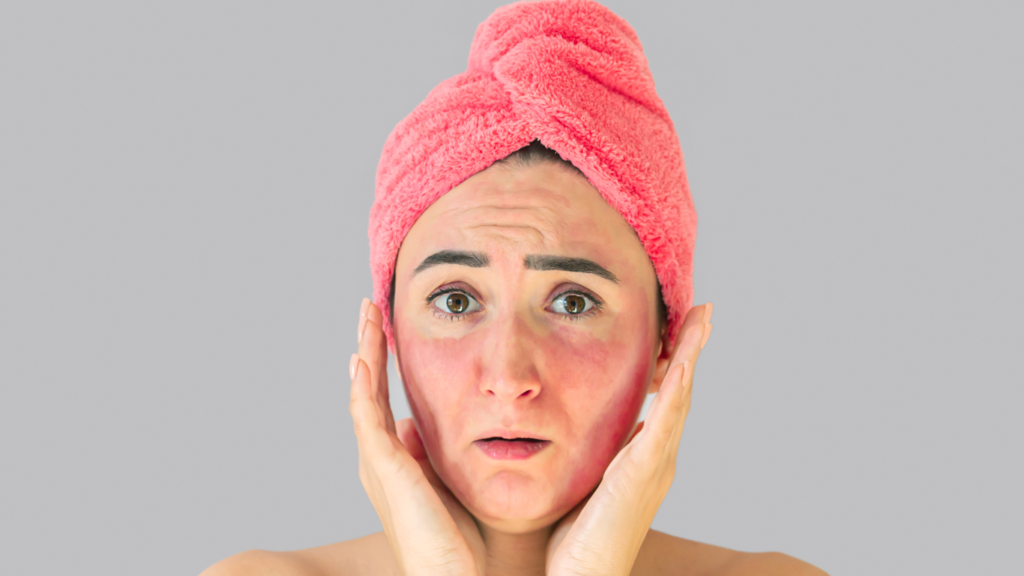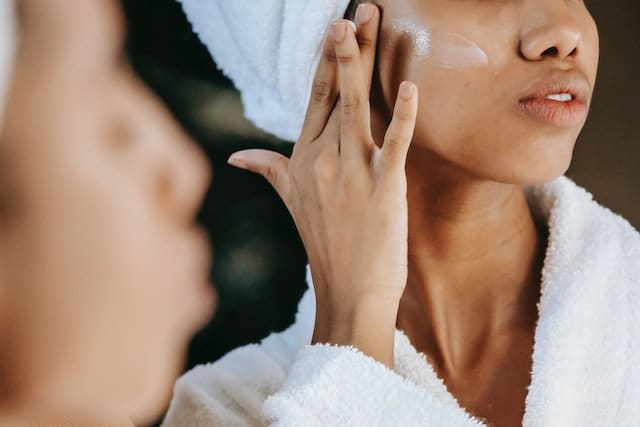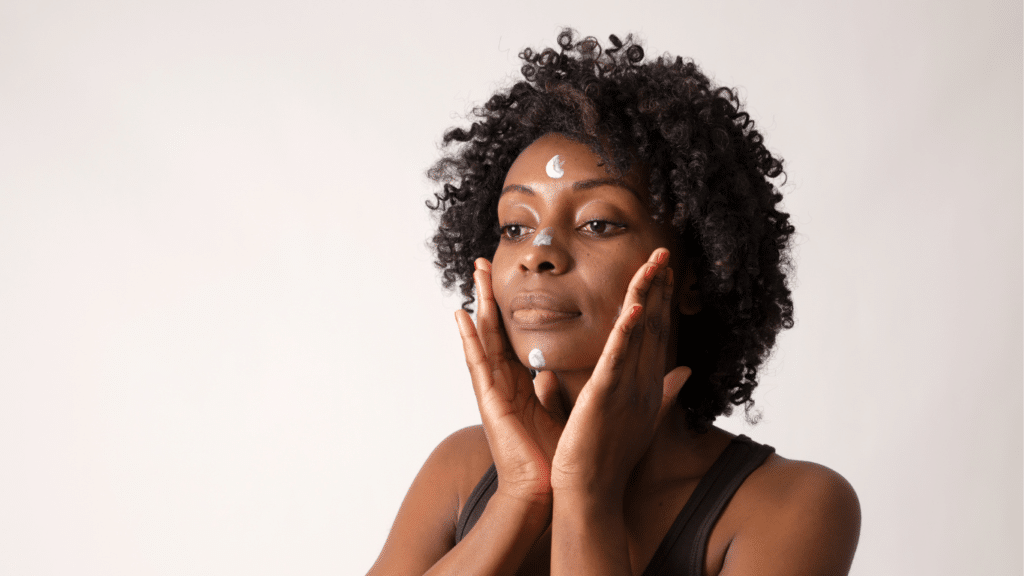Arnica Montana has earned a reputation in skin care as a natural remedy with pain-relieving properties. However, like many ingredients that become popular, many misconceptions surround its use. Let’s look at some of the most common myths about Arnica cream in skin care and uncover the truth behind them.
1. Arnica cream can be used on open wounds
THE Factsmall
One of the most dangerous misconceptions is that Arnica cream can be applied directly to open wounds or broken skin to speed healing. This is not only false but also potentially harmful. If applied to open wounds, arnica can cause significant irritation, possibly worsening the injury and delaying healing. Instead, Arnica should only be used on intact skin to help reduce swelling and bruising. If you have an open wound, it is best to follow treatments specifically designed for wound care prescribed by a doctor.
So why do people think Arnica creams can be used on open wounds…
The confusion likely arises because Arnica is known for its anti-inflammatory properties. Although there is some evidence that it can reduce swelling and bruising when combined with traditional pain relievers, this does not translate into safe use on broken skin.
2. Arnica works instantly
THE Factsmall
While Arnica cream is effective in reducing bruising and inflammation, expecting immediate results is unrealistic. Healing is a process that takes time, and while Arnica cream can help that process, it is not a magic bullet. Depending on the severity of the bruise or injury, you may start to see improvements in a few days, but it’s important to be patient and allow your body time to heal.
So Why do people think this…
Marketing campaigns often emphasize quick results, leading to unrealistic expectations. While Arnica creams can be effective, they still require the body’s natural healing processes to work.
3. Arnica is safe in any concentration

THE Factsmall
Concentration matters whenever you’re talking about active ingredients. It’s easy to get caught up in the idea that more concentration means better performance, but that’s often untrue. The herb contains powerful compounds that can be beneficial in small, controlled amounts but toxic in higher concentrations. Products using Arnica usually dilute the extract safely, but using these products as directed is crucial. Applying undiluted Arnica or using excessive amounts can lead to skin irritation, blisters, or even more severe reactions. Always read the label and follow recommended usage to ensure safety.
So what makes people think that Arnica creams are safe in any concentration…
The belief that natural ingredients are always safe is widespread. However, just because something is natural doesn’t mean it’s harmless in all forms or amounts.
4. Arnica creams can replace medical grade pain relievers

The Eventsmall
Arnica is a complementary treatment, not a replacement for professional medical care. While it may help reduce the appearance of bruising or relieve pain, it is not a cure-all. For serious injuries, conditions, or surgeries, Arnica should be used alongside medical treatments, not in place of them. For example, Arnica can help reduce swelling after surgery, but it does not replace the need for proper wound care, pain management, or monitoring by a health care provider.
Why does this myth exist?…
This myth likely stems from Arnica’s long history in folk medicine, where it was sometimes used instead of modern remedies. However, today, we have a much better understanding of its advantages and limitations.
5. All Arnica cream products are the same

The Eventsmall
Not all Arnica cream products are created equal. The quality and concentration of Arnica can vary significantly between products. Some may use high-quality, standardized extracts, while others may contain only trace amounts of the active compounds, making them less effective. Choosing products from trusted brands that provide transparency about their ingredients and formulations is essential. In addition, brands that test their product formulations can offer you an even higher level of comfort. Look for products that specify the concentration of Arnica extract and have clinical results from trusted sources.
So why do people think Arnica creams are all the same…
The sheer variety of products on the market can make it seem interchangeable, but quality matters, as with any skin care ingredient. Unfortunately, marketing teams can find a claim and latch onto it, spreading it through the industry.
6. Arnica has no side effects

The facts
Despite its natural origin, arnica can cause side effects, especially if abused. Allergic reactions are possible, especially in people sensitive to plants in the Asteraceae family, including daisies, marigolds and chrysanthemums. Symptoms of an allergic reaction may include itching, redness, or swelling at the application site. Patching before using a new Arnica product is always a good idea, especially if you have sensitive skin or a history of allergies.
So why do people think Arnica cream can have no side effects…
The perception that natural equals safe is widespread, but even natural products can cause adverse reactions in some people.
7. Arnica is safe for everyone

THE Factsmall
Like anything else, cream of lamb isn’t the right choice for everyone. Certain populations, such as pregnant or lactating women and people with certain medical conditions, should avoid its use. Or consult a health care provider before doing so. In addition, those taking certain medications should be careful, because it could interact with other treatments. While Arnica is generally safe when used properly, it is not a one-size-fits-all solution and some people should avoid it altogether.
Why This Myth Probably Exists…
Like many natural remedies, Arnica is often considered universally beneficial, but everyone is unique and individual health conditions can greatly affect how safe and effective it is for someone.
Conclusion
Arnica can be a powerful tool in your skincare arsenal, but only if you understand how to use it properly. By debunking these common myths, we hope to provide a clearer, more accurate picture of what Arnica can—and can’t—do for your skin. Remember, while Arnica has impressive benefits, it is essential to use it judiciously and in conjunction with, not instead of, professional medical advice. Always research products thoroughly, follow directions, and consult a healthcare provider if you are unsure if an arnica cream is right for you.
With the right information, you can get the most out of what Arnica has to offer without falling for the marketing hype.
